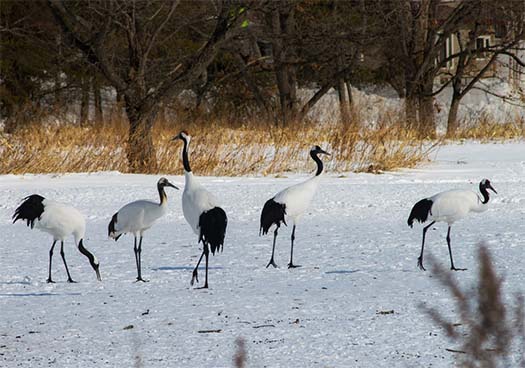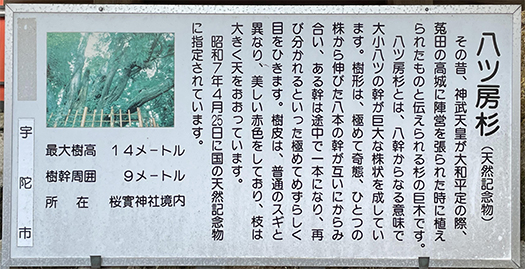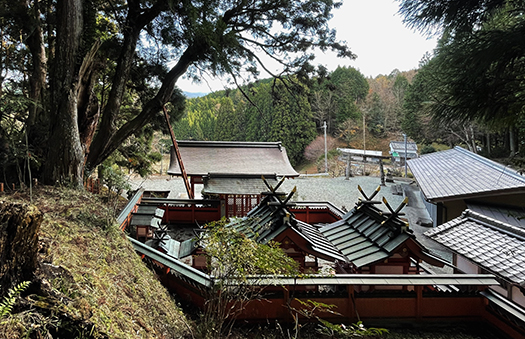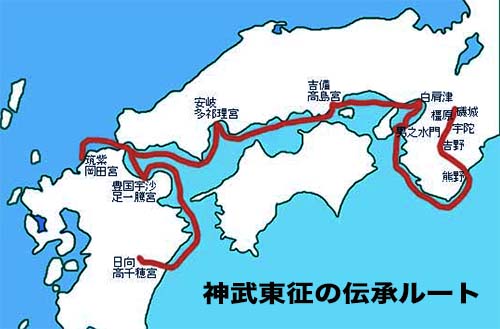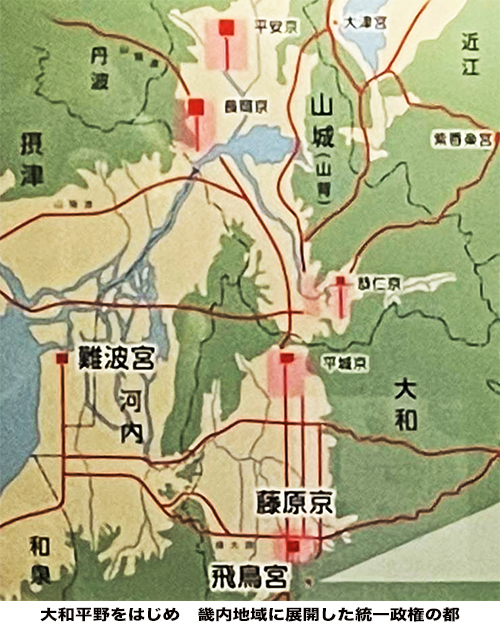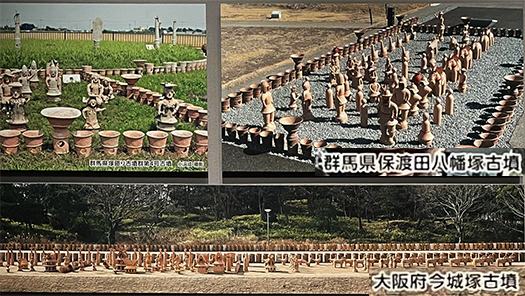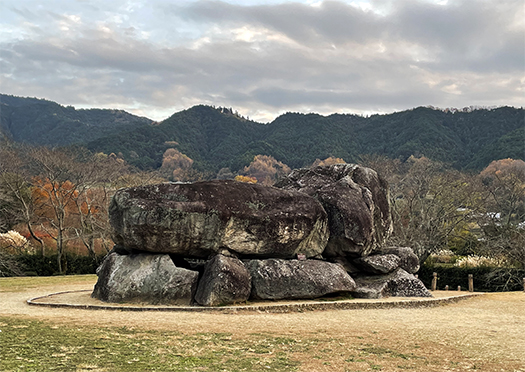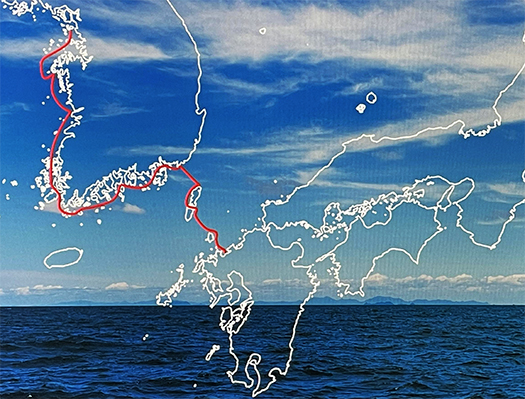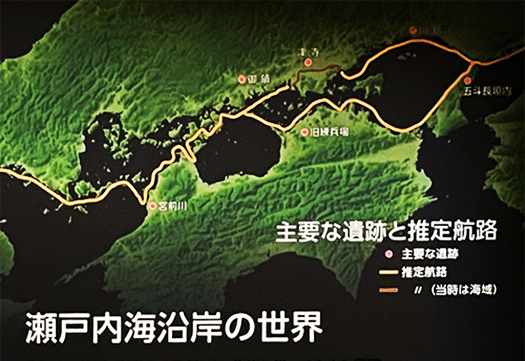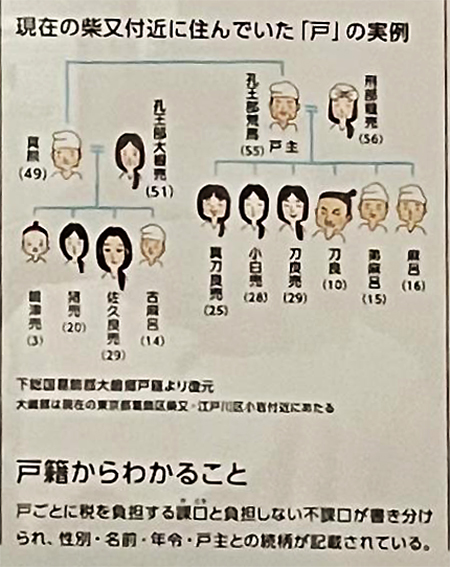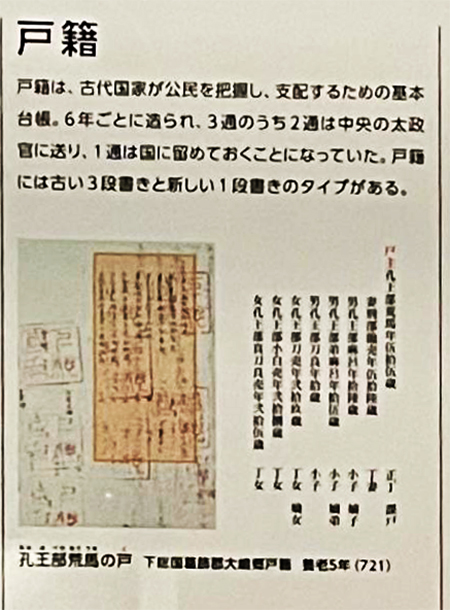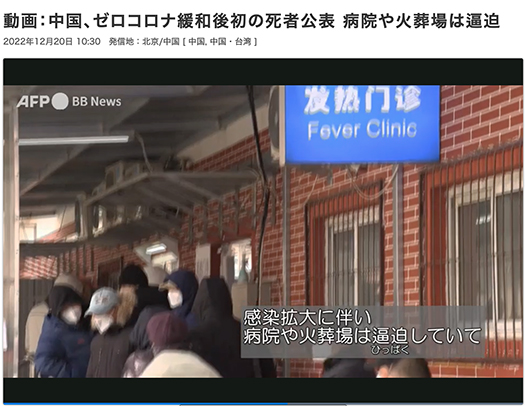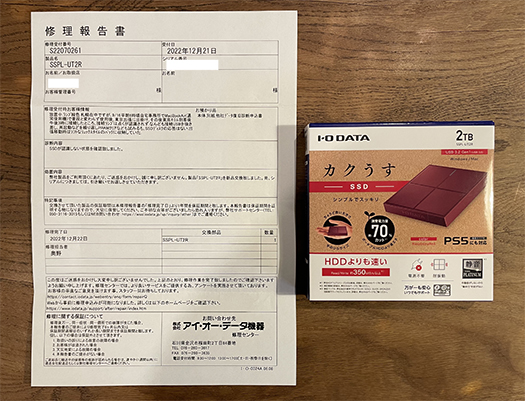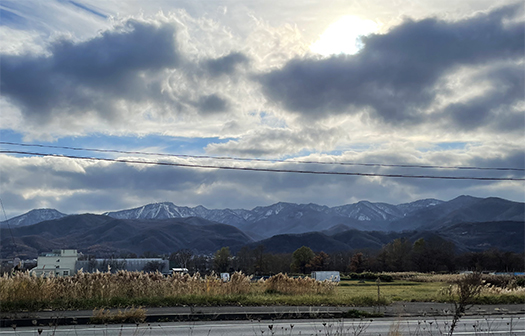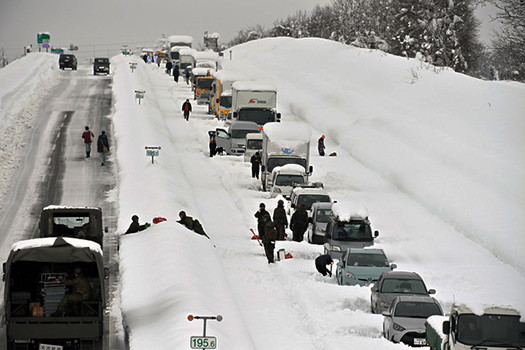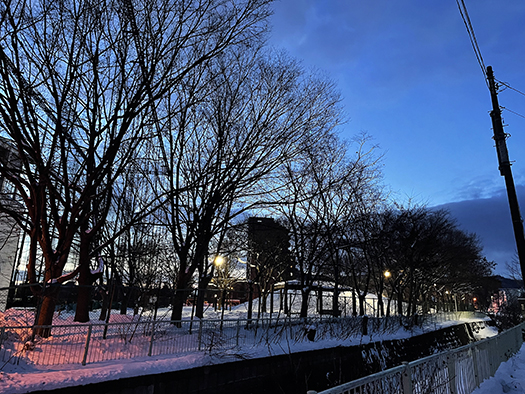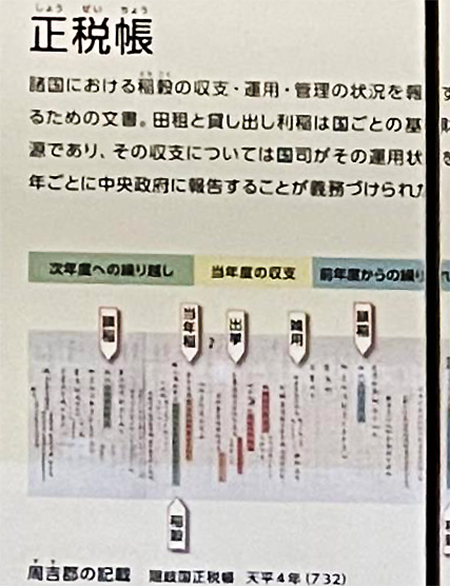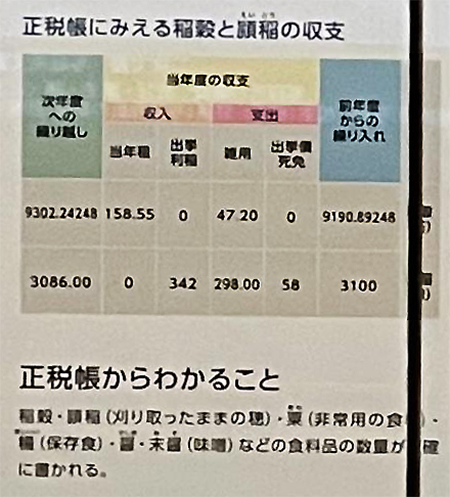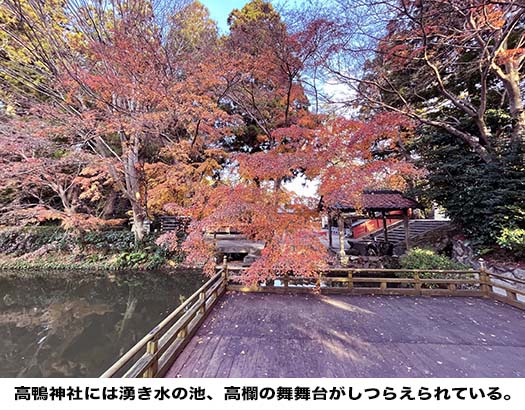
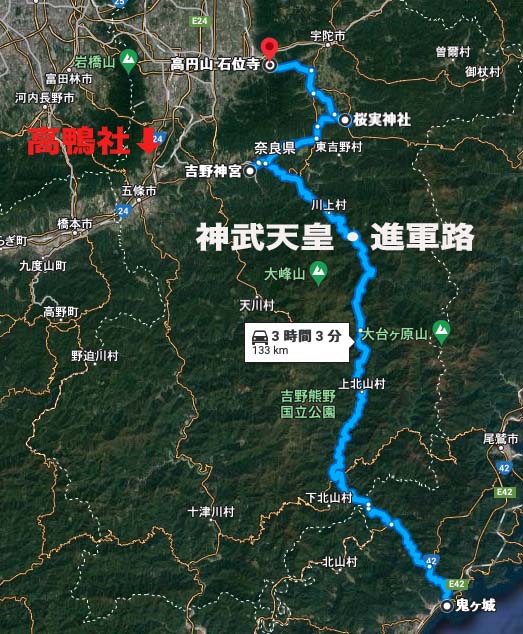
神話と建国経緯事実とが混在する日本書紀・古事記の記紀の世界。
この個人的な歴史探訪「列島37,000年史」でその時代に差し掛かるのが、年末年始という特別な時期なのは天佑かもしれない。今回は少し妄想を膨らむ内容となっているが、「初夢」ということでご容赦いただきたい。
神話から「日本史」という歴史の世界へ移行したのは、おおむね10代崇神天皇以降とされる。かれが遷都したとされる纏向遺跡(まきむくいせき)が発掘されたことでほぼ確定されつつある。(纏向遺跡については第45回目の「卑弥呼=日の巫女「アマテラス」論 日本列島37,000年史-45」にて。
しかしそれ以前の古代の大和平野の痕跡も、現地を歩くと紡ぎ出されてくる。
いわゆる「神武東征」としてまとめられている大和平野地域の制圧は人物特定は別にしても事実痕跡に満ちている。飛鳥や藤原京、纏向のある桜井市などのゾーンは世界遺産としての登録申請作業が進む。ナゾはナゾとして時間をかけて解明していくというのがあるべきスタンスだろうと思う。
そんなことから北海道人ながら時間を見ては時折訪ね歩いている。
今回注目したいのは神武東征で登場する「ヤタガラス」。行軍の道案内をしたという伝説の存在。
後の神武天皇である磐余彦尊が難波の津に上陸し敗退し、その後熊野水軍先導とおぼしき海路行軍で熊野に上陸。そこから長躯、大和平野を目指す。この山岳路を「道案内」したのがヤタガラス。
このヤタガラス、存在するととすれば当然、逆擬人化されていると思われる。その対象として考えられているのが「高鴨族」。
~鴨族はある種の霊的集団であったと言われますが、その背景には葛城の山で培った高い技術力がありました。平地ではなく山を支配した一族ですから天体観測や薬学の知識が深く、製鉄技術、農耕技術、交通手段である馬術にも長けていました。~「始まりの地、葛城と鴨族」より引用
その後全国に展開していく「賀茂」社の起源になる神社が大和平野を囲む山地の南西側にある。相当の高地にあるけれど、湧き水の湖水がたたえられその水面に浮かぶように鳥居が建っていた。その美しさに強く導かれてその後数回訪問している。鴨一族というのは弥生時代からの「歴史」を持っていると伝承が書かれている。
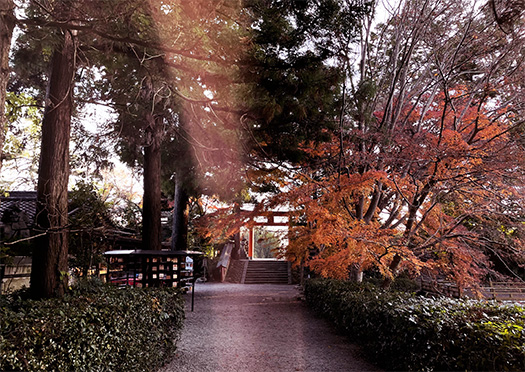
神社境内敷地は多数の鉱山物質が埋蔵されていることで「気」が発散しているとされた。上の写真の一部に不思議な「光のスジ」が写っているけれど、社伝がなんとなく納得できる雰囲気。
記紀の記述にあるヤタガラスとこの鴨一族の関連性を指摘する論がある。
神武東征軍は熊野から山中を北上して吉野に至り、そこから宇陀・八ツ房杉方面に移動しさらに山間の「進軍路」と伝承される道をたどって大和平野部に進出したとされる。このような山間部の道を古代にたどるとすれば、先導者が不可欠だっただろうことは明らか。
それが鴨一族で擬化を経てヤタガラスという存在に昇華したのではないか。
初夢として東征進路の分析と伝承からこんな推論、妄想を抱いている。さて。
English version⬇
Is the Yatagarasu a Reverse or Anthropomorphic Form of the “High Duck Tribe”? (The 37,000-Year History of the Archipelago, Vol. 56)
The founding myths have a reverse/anthropomorphic storytelling with symbolism. The riddle of Yatagarasu, a guide who dared to conduct a campaign to conquer Yamato by breaking through the mountains. …
The world of the Chronicles of Japan, the Chronicles of the Chronicles of Japan and the Kojiki, where myths and facts of the founding of the nation are mixed together.
It may be a blessing in disguise that this personal historical exploration of the “37,000-year history of the Japanese archipelago” comes at a special time of year, the year-end and New Year holidays. The contents of this article are a bit delusional, but I hope you will forgive me for calling it my “first dream.
The transition from mythology to the historical world of “Japanese history” is generally considered to have occurred after the 10th Emperor Sojin. This is now being confirmed by the excavation of the Makimukai Site, where the capital was said to have been relocated. (For more information on the Makimuki-Seki site, please refer to the article “Himiko = Amaterasu, the Miko of the Sun” in “The 37,000-Year History of the Japanese Archipelago: 45.
However, traces of the ancient Yamato Plain before that time are also being spun out as we walk around the site.
The conquest of the Yamato Plain area, summarized as the so-called “Jinmu expedition,” is full of traces of facts, even if we do not specify the personages. Asuka, Fujiwara-kyo, and the city of Sakurai, where Mimamukai is located, are in the process of applying for registration as World Heritage sites. I think the proper stance is to take the time to clarify riddles as riddles.
For this reason, even though I am from Hokkaido, I occasionally visit the area when I have time.
This time, I would like to focus on “Yatagarasu,” a legendary bird that appeared in the Shinmu expedition. Legend has it that the Yatagarasu guided the marching army.
After the defeat of the later Emperor Jinmu, who landed at Naniwa-no-tsu, he landed at Kumano in a march by sea, apparently led by the Kumano Suigun (navy). From there, they headed for Nagasada and the Yamato Plain. Yatagarasu “guided” them along this mountainous route.
This yatagarasu, if it exists, is naturally thought to be a reverse anthropomorph. The “high duck tribe” is thought to be the target.
~It is said that the ~amo tribe was a kind of spiritual group, and their background was the high technology they had developed in the mountains of Katsuragi. Because they ruled over the mountains rather than the plains, they had a deep knowledge of astronomical observation and pharmacology, and were also skilled in iron manufacturing, agriculture, and horsemanship as a means of transportation. ~Quoted from “Katsuragi, the Place of Beginnings, and the Kamo Tribe
The shrine that became the origin of the “Kamo” shrine, which later developed throughout the country, is located on the southwest side of the mountain range surrounding the Yamato Plain. It is located at a considerable elevation, but it is filled with spring water and the torii gate stands as if it were floating on the surface of the water. The beauty of the shrine led me to visit it several times. The Kamo clan has a “history” dating back to the Yayoi period, according to the legend.
It was said that the shrine grounds emanated “chi” due to the large number of mining materials buried in the ground. The atmosphere is somewhat convincing of the shrine’s legend, though some of the photos above show mysterious “light threads”.
There is an argument that points out the connection between the Yatagarasu and this Kamo clan in the description of Kiki.
It is said that the Kamu expeditionary force moved northward from Kumano through the mountains to Yoshino, and from there to Uda and Yatsubosugi, and then to the Yamato plain by following what is said to be a “marching road” through the mountains. It is clear that a leader would have been indispensable if they were to follow such a mountainous route in ancient times.
This may have been the Yatagarasu, which was sublimated into existence through mimicry in the Kamo clan.
This is my first dream, and based on the analysis and tradition of the eastern expedition path, I have this kind of inference and delusion. Now.
Posted on 1月 2nd, 2023 by 三木 奎吾
Filed under: 歴史探訪 | No Comments »



